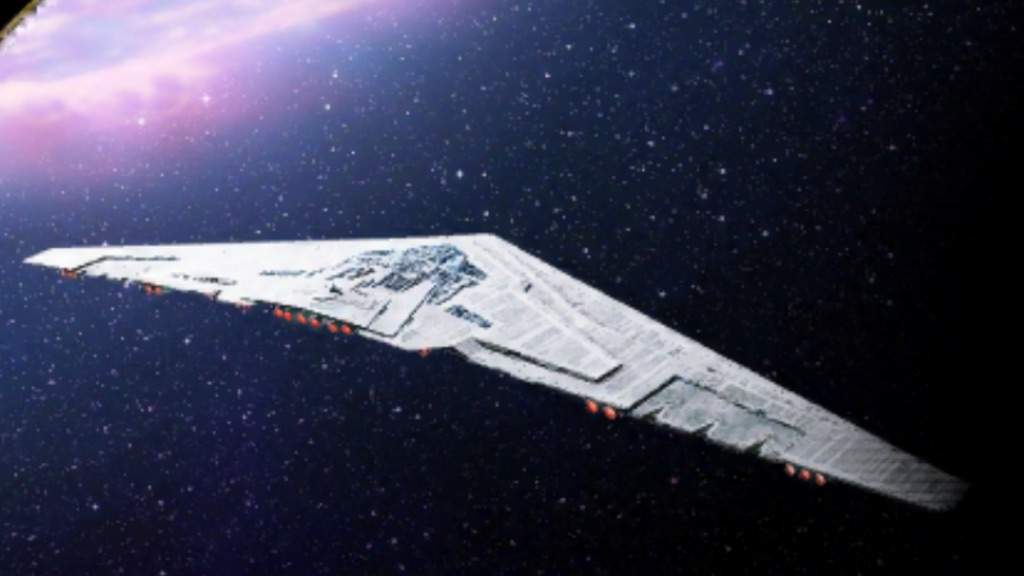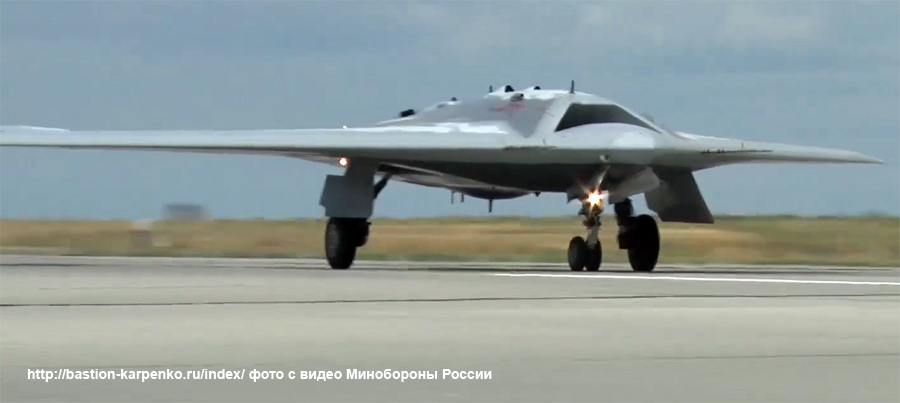Anything C-130 can do, Il-76 can do better.
Quite true but for conflicts like Syria, and not conflicts with HATO I suspect... where the Su-35 is the solution to payload vs range issues... especially when you could buy four or five Super Flankers for each F-35 and of course operate them for less than the single F-35 costs to operate...
In any case the american proposal seems me the same of F-15EX: a very smart but "desperate and despairing"move.
When innovative and new doesn't work... copy the other guy... when LCS fails buy some Gorshkov like Frigates from Italy... when F-35 fails fall back to F-15s and F-16s in the same way that Russia continues production of MiG-35s and Su-35s and Su-30 and Su-34.
Conventional planes are cheaper to buy cheaper to operate and have fewer size capacity limits in terms of weapons carried externally... and they can carry more weapons.
I remember about 3-4 years ago reading an interview with one of the heads of the S-500 programme.
He reckoned the next gen would be surface to air missiles launched from planes not the ground. Atleast unless ground launch was specifically required.
Long range ground launched SAMs are much bigger and heavier because they need to go from a stationary start to high speed and altitude which burns a lot of rocket fuel.
Launching the same missile from 15km up in the air... passed the thickest densest air and also accelerating it up to mach 2 or more on a MiG-31 or 41 means the rocket fuel on the missile can take it much much further and much faster as shown by the performance boost for the Iskander to Kinzhal... ground launched = mach 7-8 and range of up to 480km, while air launched from 12km altitude and mach 2.5 launch = mach 10 flight speed to 2,000km range.
A new missile launched horizontally at high altitude and high speed could use scramjets to accelerate to orbital speeds and leave the atmosphere and enter orbit...
I suppose a lot of energy is expended getting thro the heavy air to 35,000 feet or whatever.
Perhaps you could have 6 or 8 smaller missiles on a plane. Instead of one large one fired from the ground.
Well that is the point... a missile on a plane can be smaller and lighter for the same range as a much bigger heavier air launched weapon.... or you can reach further with an air launched model.
An S-500 launched from the air could be rapidly flown to a better interception area so targets could be intercepted further away from territorial Russia, but if launched at a satellite in orbit it could reach targets operating much higher because of the extra speed and altitude...
Then there is a missile carrying a laser. To me, its easy to get to the general vicinity of a missile path, but far harder to hit it - due to atmospheric pressure differences. So I wonder what the next gen solutions will be?
Getting a laser on a missile powerful enough to make any difference would be a problem... some sort of EMP bomb to render the incoming weapons inert on the other hand might be an effective way of stopping a lot of threatening weapons... without irradiating everything.
The MiG-41 might be a very streamlined flying wing that is in the form of a very sharp V swept shape but with large internal volume for long heavy hypersonic scramjet powered missiles... using a bypass turbojet as a ramjet using the bypass airflow for the ramjet it could efficiently fly at mach 4 +.
For the PAK DA of course carrying long range missiles and short range self defence missiles would be useful too...






 PapaDragon
PapaDragon



